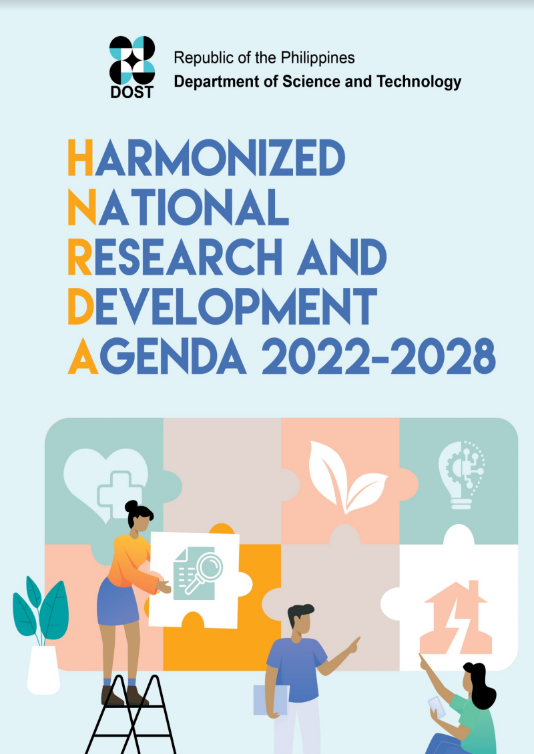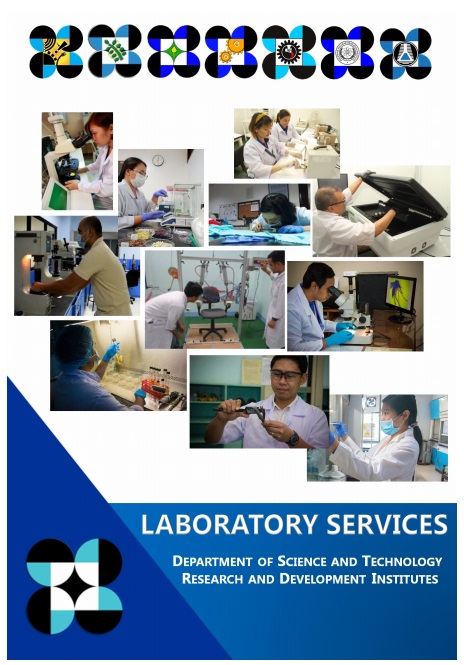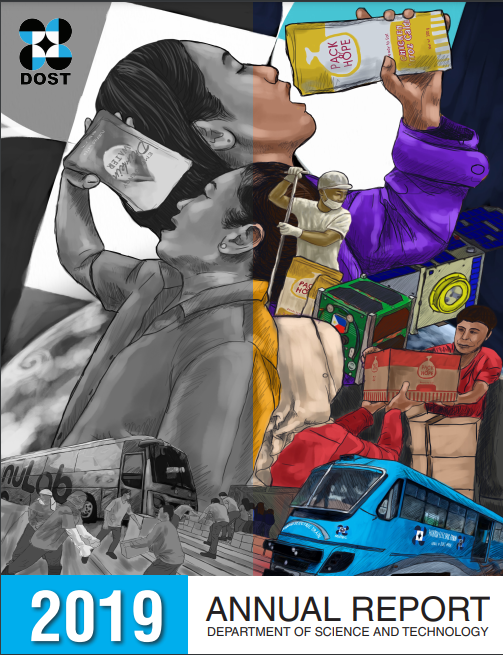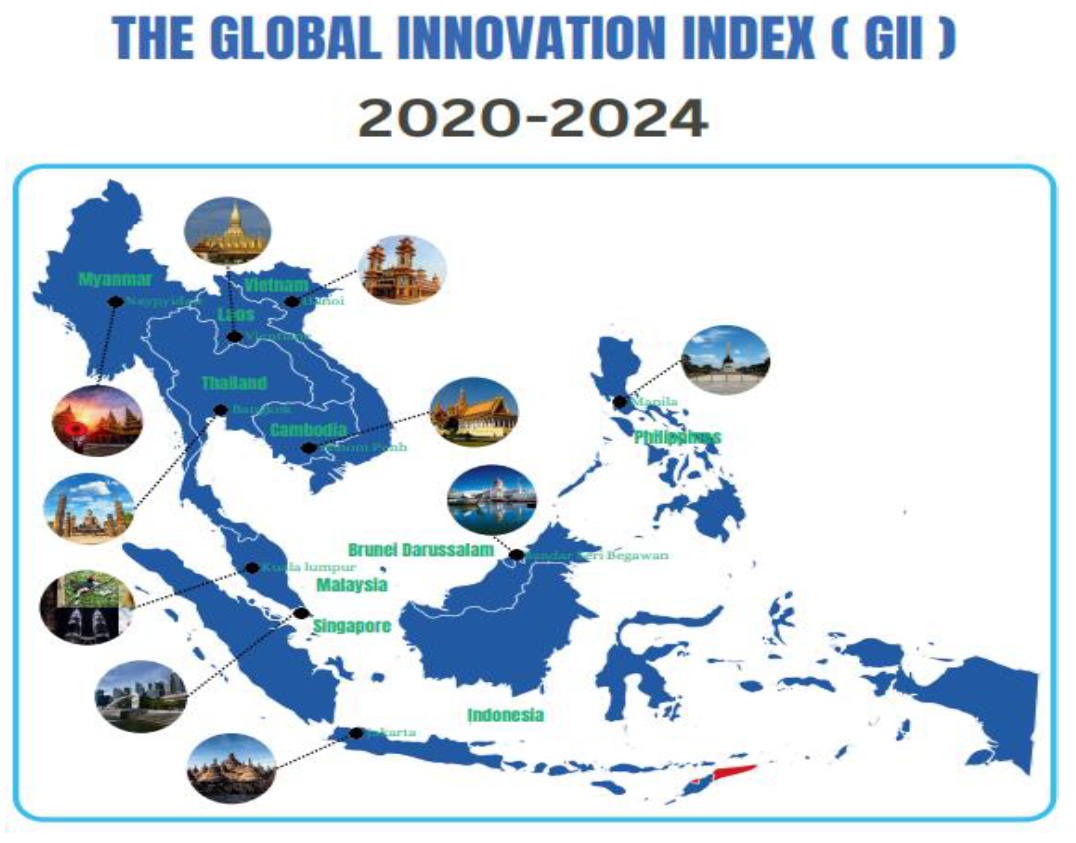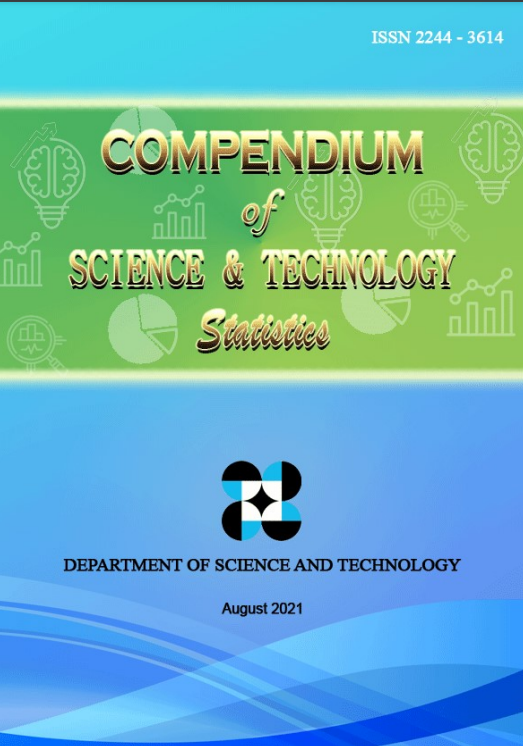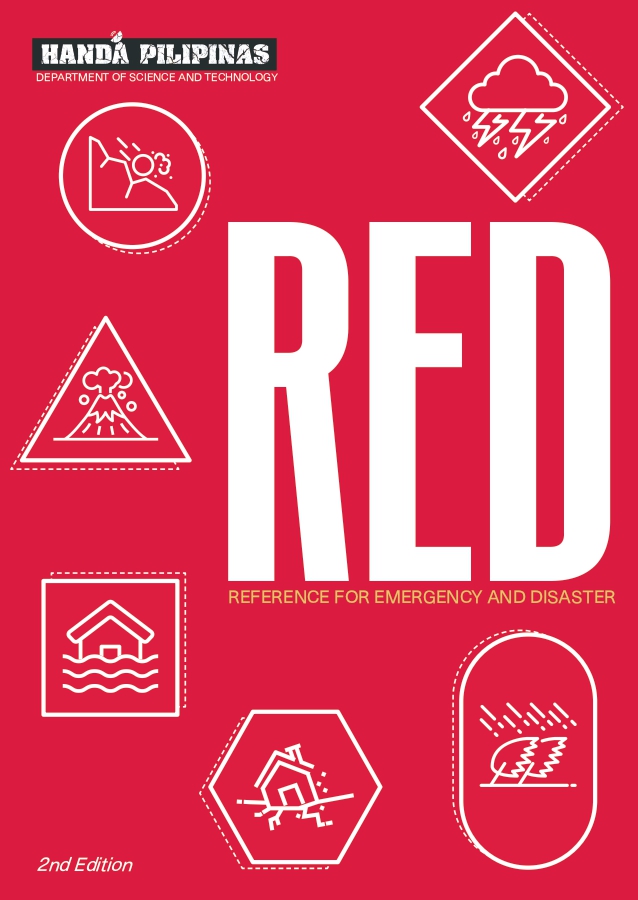Science Secretary de la Peña joins High-Level Meeting on Digital Public Goods of the 76th UN General Assembly
- Details
- Hits: 1062
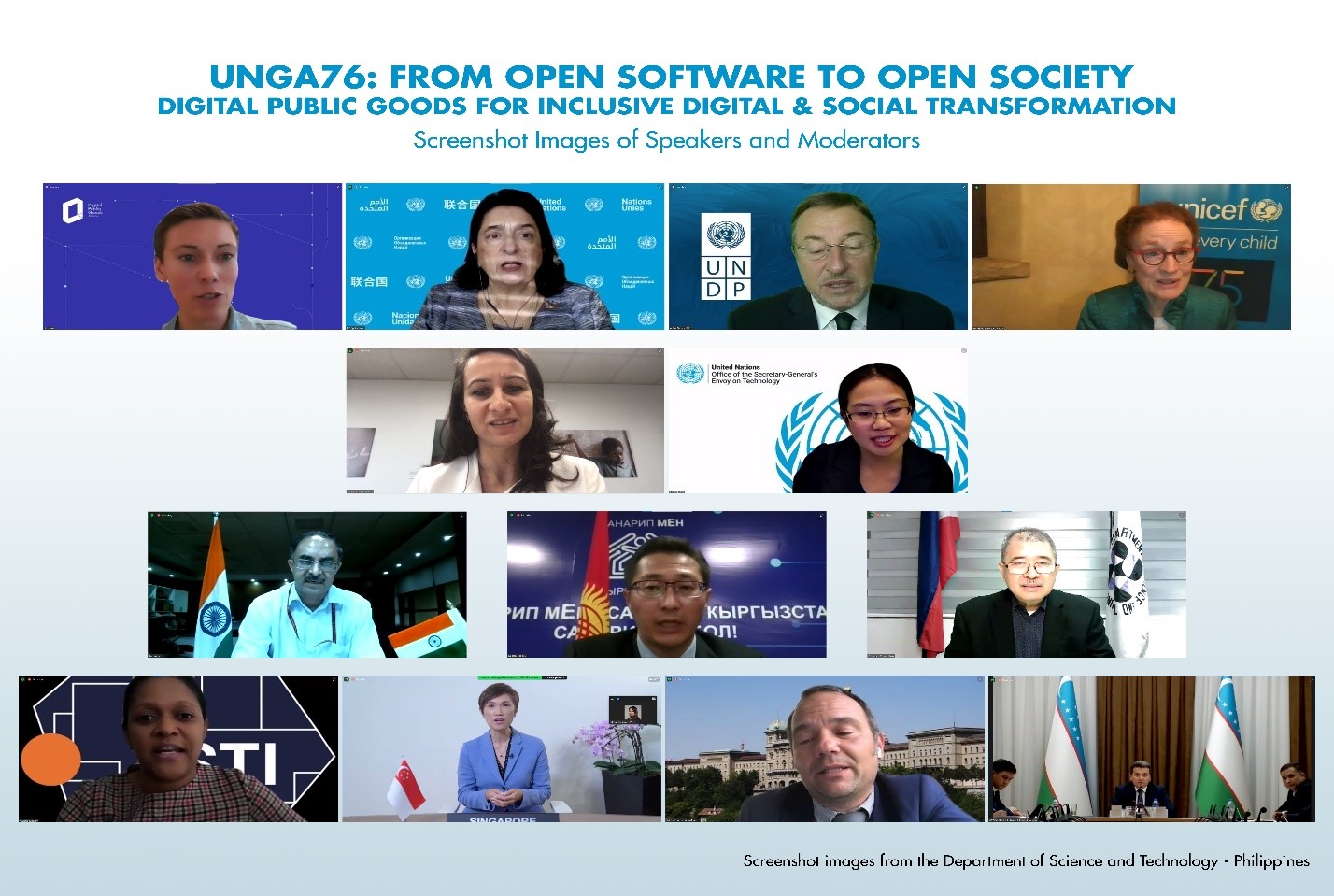
On 29 September 2021, Department of Science and Technology (DOST) Secretary Fortunato T. de la Peña participated in the High-Level Meeting entitled, “From Open Software to Open Society – Digital Public Goods for Inclusive Digital & Social Transformation” held during the High-Level Segment of the 76th United Nations General Assembly.
During the meeting, Secretary de la Peña highlighted DOST’s strategies on strengthening the Open Source Community by funding several open source projects such as Bayanihan Linux, Open Technology Business Incubator (OpenTBI) for startups, iGovPhil, and DOST-ASTI’s Philippine Research, Education, and Government Information Network (PREGINET). Datasets to support research and education in weather, disaster, space-based data for various applications, and COVID-19 initiatives were also made available.
PH’s DOST spotlights spin-off technologies at the ASEAN NEXT 2021
- Details
- Hits: 1164
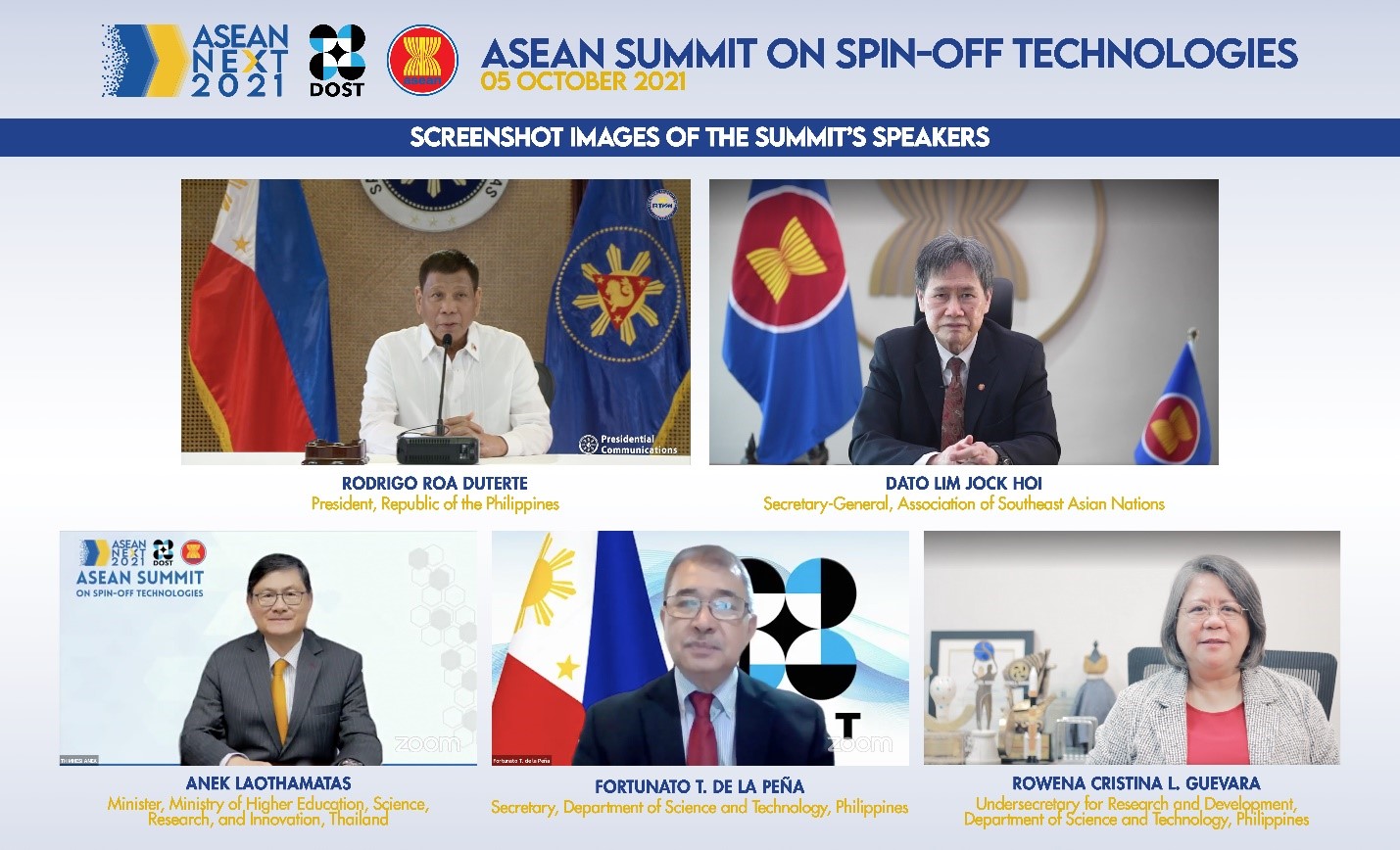
Over 60 spin-off enterprises from all 10 ASEAN Member States (AMS) joined and showcased their innovative technologies during the ASEAN NEXT 2021: ASEAN Summit on Spin-Off Technologies held virtually on 5 October 2021.
The Philippines’ Department of Science and Technology (DOST), through the support of the Association of Southeast Asian Nations (ASEAN) hosted this ASEAN NEXT that brought together representatives from research and development institutions, academe, businesses, industry players, and governments in the ASEAN region involved in generating spin-off technologies that are readily available for adoption or commercialization. These technologies are in three broad fields, namely: (1) agriculture, aquatic, and natural resources; (2) health; and (3) industry, energy, and emerging technologies that were featured in the Summit’s pitching sessions.
Read more: PH’s DOST spotlights spin-off technologies at the ASEAN NEXT 2021
DOST-PTRI researchers develop greener bamboo textiles
- Details
- Hits: 2612

Kawayan Tinik (Bambusa blumeana) culms
 Pretreated Bamboo Textile Fiber
Pretreated Bamboo Textile Fiber
Bamboo textiles have become increasingly popular as part of a sustainable and eco-friendly solution to textile materials and manufacturing. It is along this line that the DOST, through its Philippine Textile Research Institute (DOST-PTRI), develops sustainable technologies to create greener bamboo textile materials.
The DOST-PTRI bamboo fiber extraction technology, already applied for intellectual property protection with the Intellectual Property Office of the Philippines (IPOPhil), was first developed in 2015. It includes the mechanical, chemical, and biological processes to liberate the fibers from the bamboo culm. The extracted bamboo textile fiber is treated to obtain highly cellulosic textile fibers while preserving the inherent properties of bamboo such as antimicrobial and UV-blocking properties. The technology, applied to natural extraction of different Bamboo species in the Philippines such as Kawayan Tinik (Bambusa blumeana), Bolo (Gigantochloa levis), Yellow Bamboo (Bambusa vulgaris), and Giant Bamboo (Dendrocalamus asper), produces strong and fine bamboo fibers. The considerably mild and eco-friendly technology coupled with the simplicity of the extraction and treatment technique makes it highly suitable for textile fiber processing in remote bamboo-rich local areas leading to economic gains for the bamboo textile industry.
Read more: DOST-PTRI researchers develop greener bamboo textiles
DOST launches new R&D Centers in the Regions
- Details
- Hits: 4641
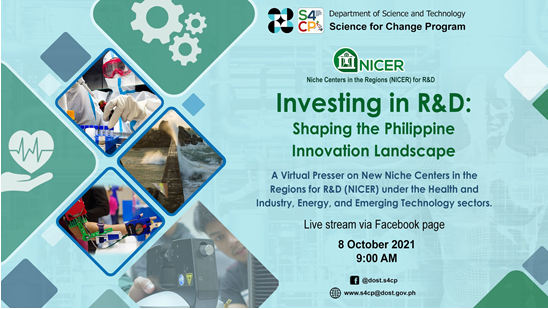
The Department of Science and Technology (DOST), through its Science for Change Program (S4CP), introduced to the public 10 new research and development (R&D) centers in the regions through a virtual presser held on 08 October 2021.
Also known as “Niche Centers in the Regions for R&D” or NICER, these R&D centers will focus on sectors related to Health and Industry, Energy, and Emerging Technology to allow the country’s academic and R&D institutions to upgrade their research facilities, develop policies, transfer technologies, and ramp up regional initiatives and efforts towards a competitive innovation ecosystem.













